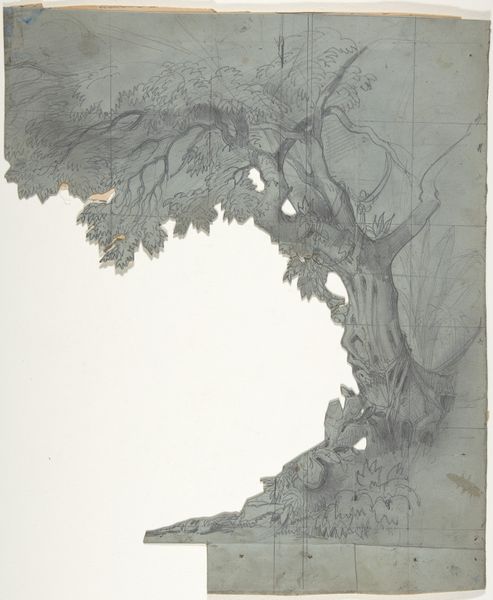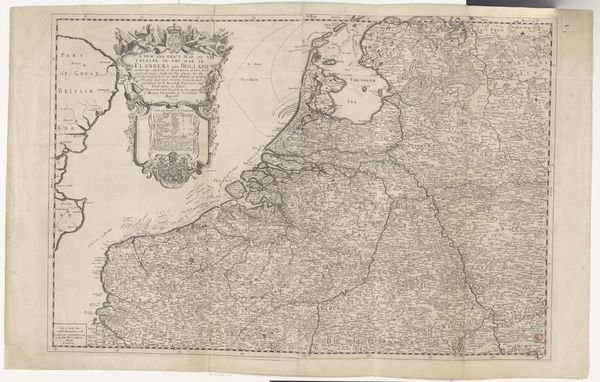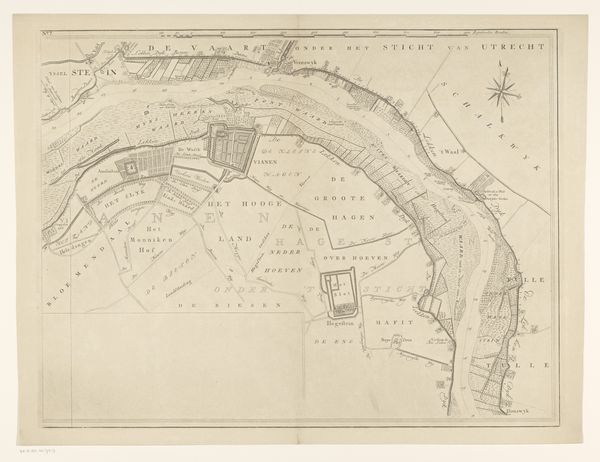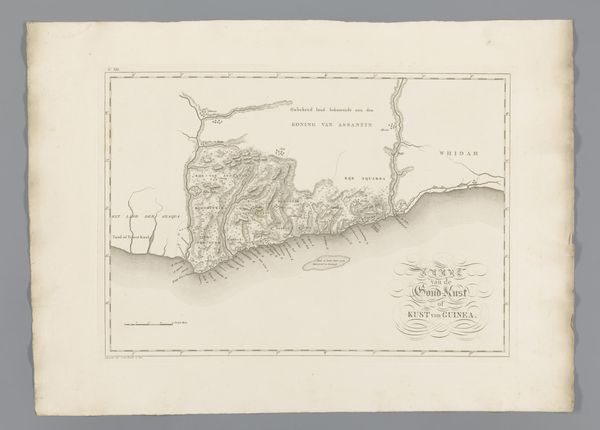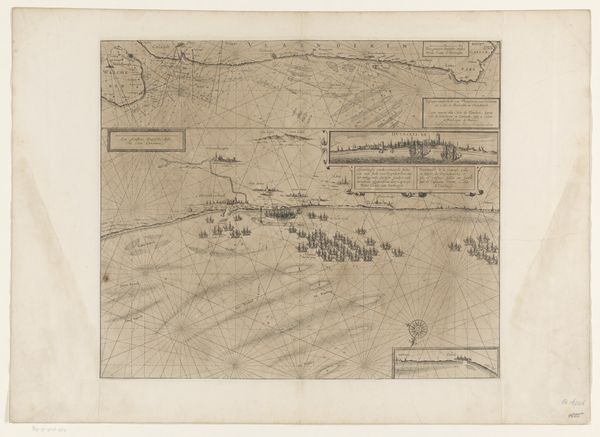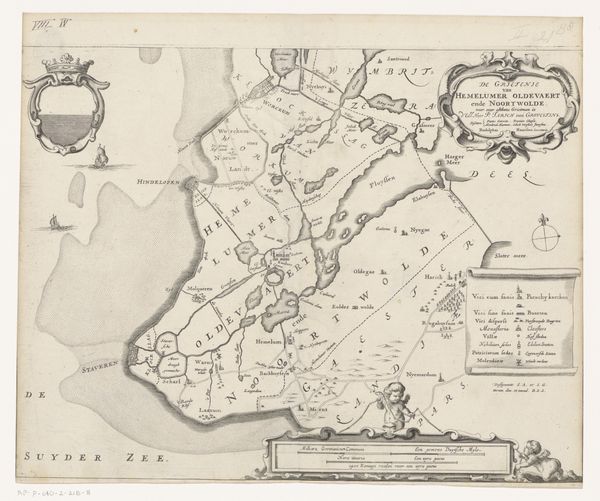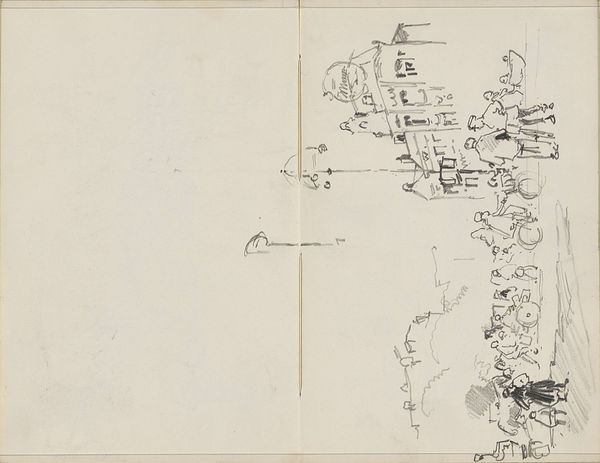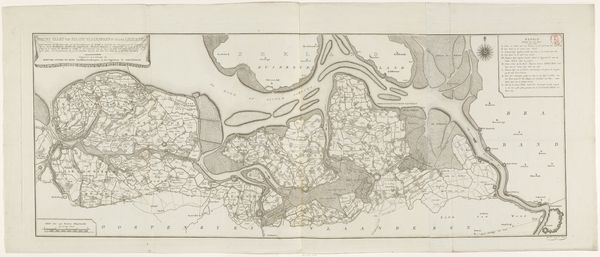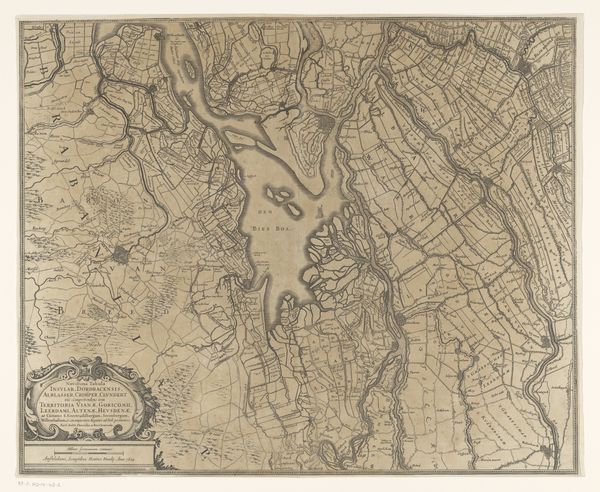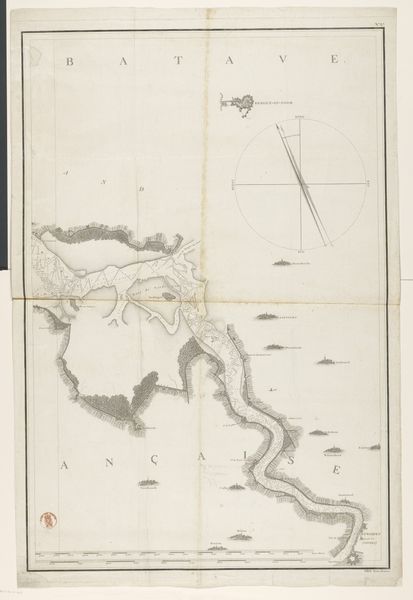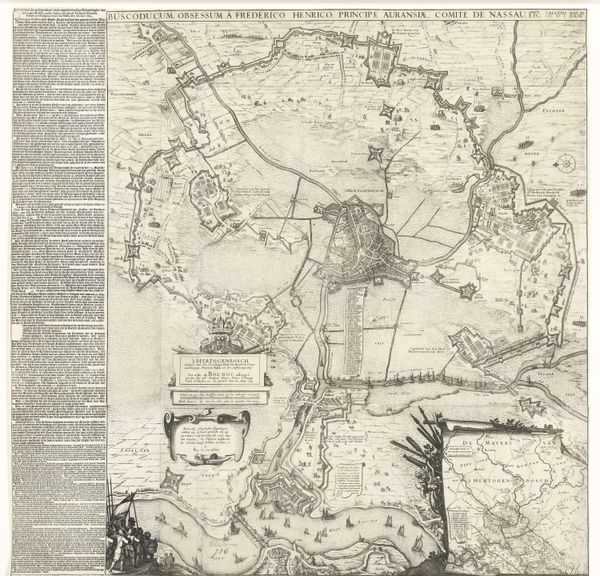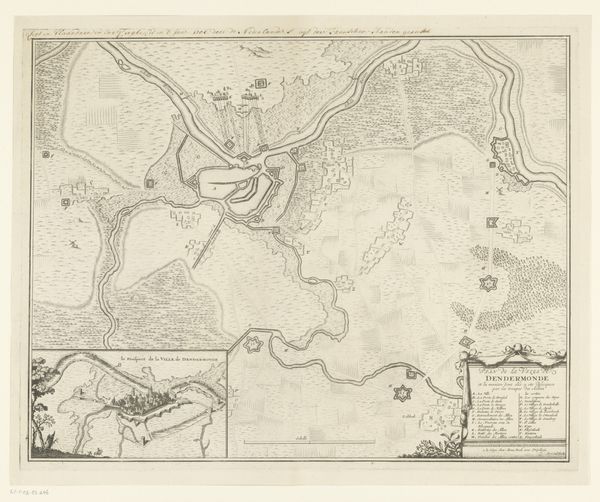
Design for a Stage Set at the Opéra, Paris 1830 - 1890
0:00
0:00
Dimensions: Irregular sheet: 12 5/8 x 13 in. (32 x 33 cm)
Copyright: Public Domain
Curator: This exquisite drawing is Eugène Cicéri's "Design for a Stage Set at the Opéra, Paris," created sometime between 1830 and 1890. Editor: My initial feeling is of something unfinished and wild. It appears only partially realized, yet hints at lush vegetation. Is this intentional, a study perhaps? Curator: Precisely. Note the gridlines, indicative of a design in progress, charting spatial relationships on the eventual canvas or backdrop. The incomplete areas heighten the tension between raw sketch and proposed reality. Editor: So, it is charting emotional space, too, and those half-realized trees bring forth potent symbolic value. Think of the "forest primeval" from myth and fable as the stage for human dramas! What did the 19th-century operagoers read into these scenes? Curator: Ah, a layered question! The Romantic style evident in Cicéri's composition— the use of asymmetry, chiaroscuro effects hinting at an overall dynamic whole that transcends mere scene setting. Semiotically speaking, nature is signifying something other than scenery. Editor: But even the materiality lends meaning. The use of pencil implies impermanence, appropriate for a transient art form like stage design, and maybe even gesturing to the human condition itself. It speaks to the theatrical experience as inherently fragile and transformative. Curator: I agree, and note how the monochromatic tones reduce depth, compressing planes in order to project feeling rather than perspective onto the stage design. Its incompleteness speaks to possibility and an open frame that could, ultimately, stage any fantasy. Editor: A very salient point about its open form— the raw potential resonates with the boundless narratives that the stage could contain, a landscape as both dreamscape and metaphor for human endeavor. Curator: Thank you. Looking more closely at the integration of structure and freedom through incomplete and schematic presentation reframes even Romantic art making, or what it's usually theorized to entail. Editor: And for me, revisiting our interpretations together allows for fresh pathways to view how design communicates memory and longing, particularly through recurring archetypes embedded deep in our minds.
Comments
No comments
Be the first to comment and join the conversation on the ultimate creative platform.
